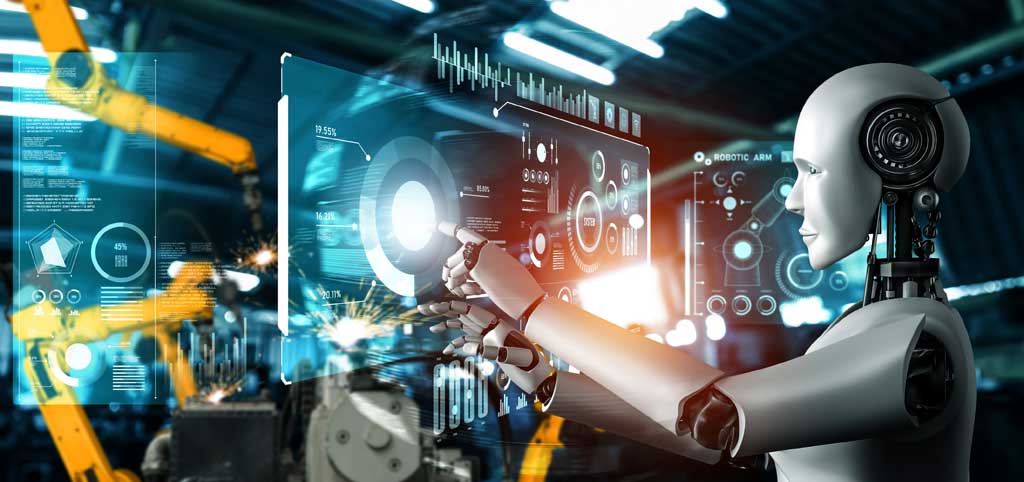Introduction
Advanced robotics, which refers to the development and implementation of highly sophisticated robots with enhanced capabilities, is rapidly transforming various industries and aspects of daily life. These cutting-edge machines can perform tasks with remarkable precision, efficiency, and adaptability, making them valuable assets in numerous applications. This article aims to provide a professional and easy-to-understand explanation of advanced robotics, its various applications, and its potential impact on the future of work and innovation.
Understanding Advanced Robotics
Advanced robotics is a broad field that encompasses several technologies, including artificial intelligence (AI), machine learning, computer vision, and advanced sensor systems. These technologies enable robots to process information, learn from their surroundings, and make decisions autonomously. As a result, they can perform complex tasks with greater accuracy and adaptability compared to traditional industrial robots.
Key Aspects of Advanced Robotics:
- Artificial intelligence and machine learning: Advanced robots use AI and machine learning algorithms to learn from their experiences, adapt to new situations, and improve their performance over time.
- Computer vision: Advanced robotics relies on computer vision technology, allowing robots to perceive, analyze, and understand their surroundings. This capability enables them to navigate and interact with objects and people effectively.
- Advanced sensor systems: Advanced robots are equipped with various sensors, such as LIDAR, ultrasonic, and force sensors, that provide them with real-time data about their environment. This information allows them to make informed decisions and react to changes in their surroundings.
- Modular and flexible design: Many advanced robots feature modular and flexible designs, which makes it easy to reconfigure or adapt them for different tasks, industries, and environments.
Potential Applications of Advanced Robotics:
- Manufacturing and assembly: Advanced robots can perform complex assembly tasks with high precision, speed, and adaptability. This leads to increased productivity and reduced production costs in industries such as automotive, electronics, and aerospace.
- Healthcare and medical research: Advanced robotics has the potential to revolutionize healthcare by assisting with surgeries, providing patient care, and conducting medical research. This can lead to improved patient outcomes and reduced healthcare costs.
- Agriculture and food production: Advanced robots can be employed for tasks such as planting, harvesting, and processing crops. This results in increased efficiency, reduced waste, and more sustainable food production practices.
- Retail and customer service: Advanced robots can assist with inventory management, customer service, and even food preparation, offering a more efficient and personalized shopping experience.
- Disaster response and recovery: Advanced robots can be used to search for survivors, assess damage, and assist with clean-up efforts in hazardous environments, reducing the risk to human responders.
Challenges and Future Outlook
Despite the potential benefits of advanced robotics, several challenges need to be addressed, such as high implementation costs, potential job displacement, and ethical considerations. As technology continues to advance and the demand for more efficient and adaptable solutions grows, advanced robotics is expected to play an increasingly important role in shaping the future of various industries.
Conclusion
Advanced robotics offers a promising path to revolutionize numerous aspects of our lives, from manufacturing to healthcare. As we continue to explore and develop these sophisticated machines, we can expect to see significant improvements in the way we work, live, and interact with technology. By embracing the potential of advanced robotics and addressing the challenges they pose, we can unlock new possibilities and create a more innovative, efficient, and adaptable future.











